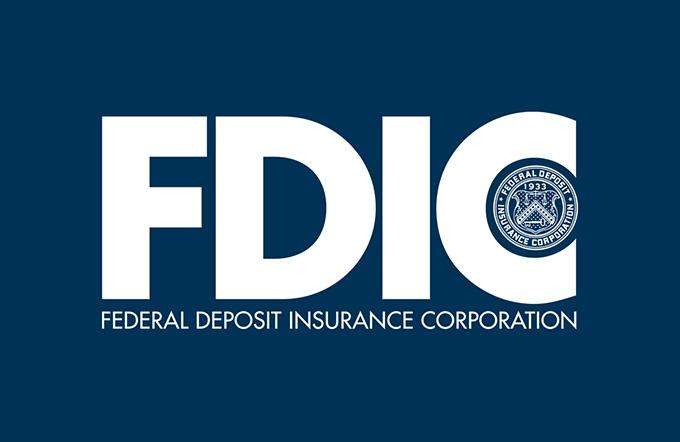Understanding What the FDIC Protects
Posted on Dec 31, 2025

First Hawaiian Bank is a member of the Federal Deposit Insurance Corporation (FDIC), and we believe it’s important for people to understand what the FDIC protects.
The FDIC is an independent agency of the United States government that was established in 1933 to provide deposit insurance to depositors should their bank face challenges. The FDIC is responsible for maintaining stability and public confidence in our nation's financial system. See how the FDIC protects First Hawaiian Bank’s depositors and the banking system overall.
What is deposit insurance?
Deposit insurance is a program that provides protection to depositors in case their bank encounters difficulties. The FDIC provides up to $250,000 per depositor, per insured bank, for each account ownership category.
Ownership categories include single accounts, joint accounts, certain retirement accounts, employee benefit plan accounts, trust accounts, business accounts, and more.
It’s important to know that the FDIC does not insure investments in stocks, bonds, mutual funds, or annuities.
How does the FDIC protect depositors?
Should a bank face challenges, the FDIC is prepared to step in and support insured depositors up to the insured amount.. The FDIC also aims to supports the stability of banks by monitoring and examining banks to ensure that they are operating safely and soundly.
How does the FDIC protect the banking system?
The FDIC protects the banking system by promoting stability and public confidence in the financial system. The FDIC does this by providing deposit insurance, monitoring and examining banks, and resolving issues. When a bank fails, like Silicon Valley Bank’s collapse, the FDIC will step in and take over the bank's assets and liabilities. The FDIC will then work to remediate the situation by selling the bank or by merging it with another bank. By resolving issues banks may face, the FDIC helps maintain stability in the financial system and ensures that deposit customers have protection.
For more information and consumer resources, visit fdic.gov.
Was this helpful?
Thank you for the feedback








